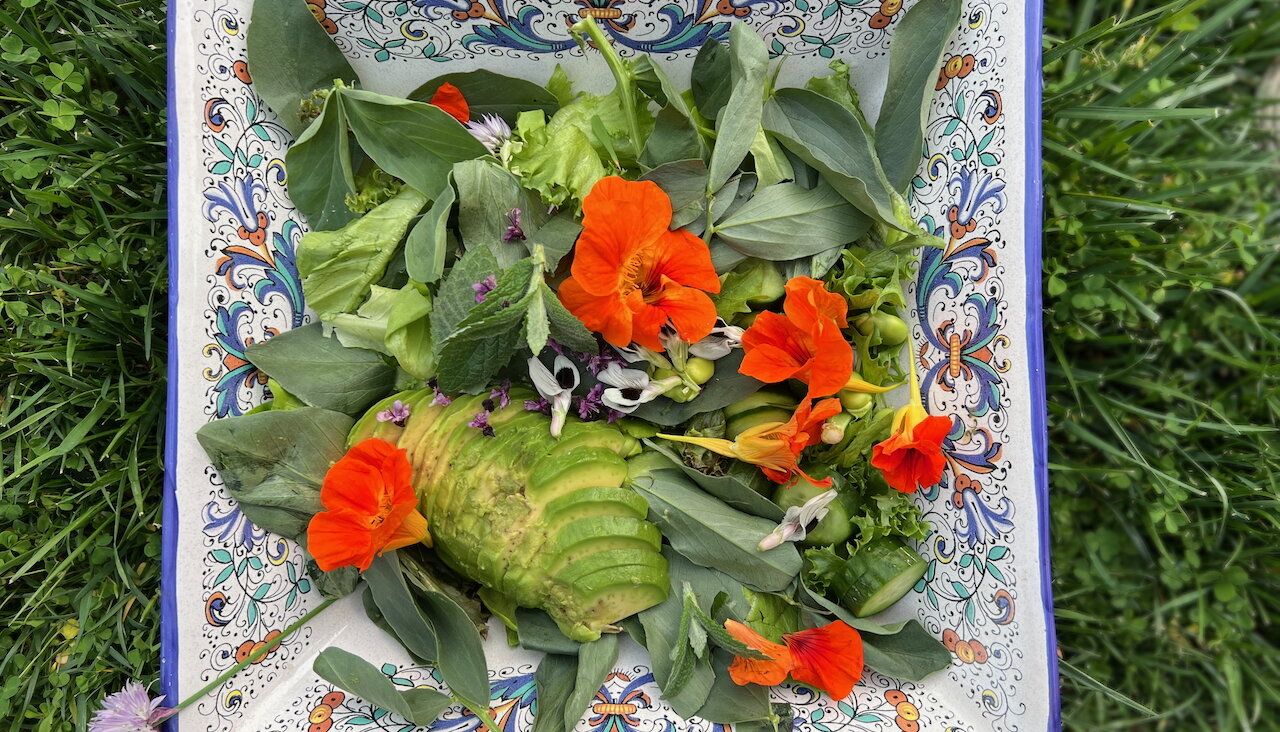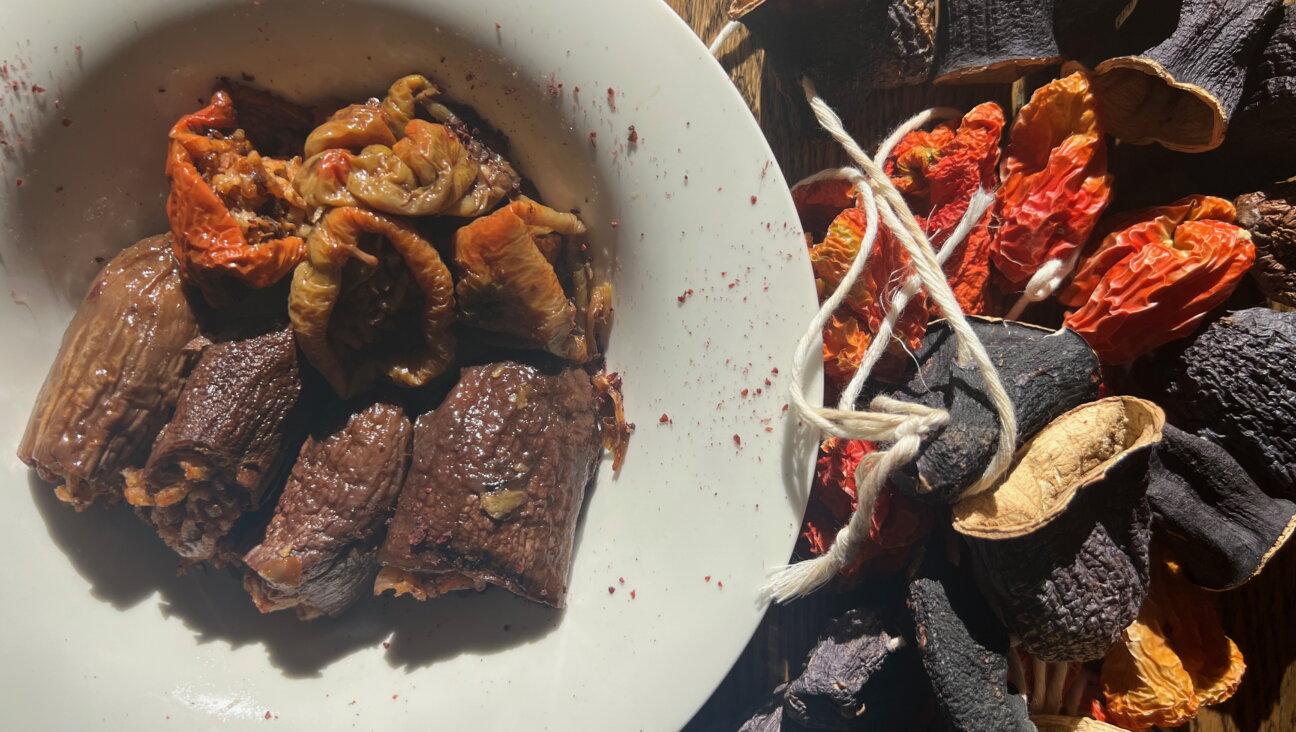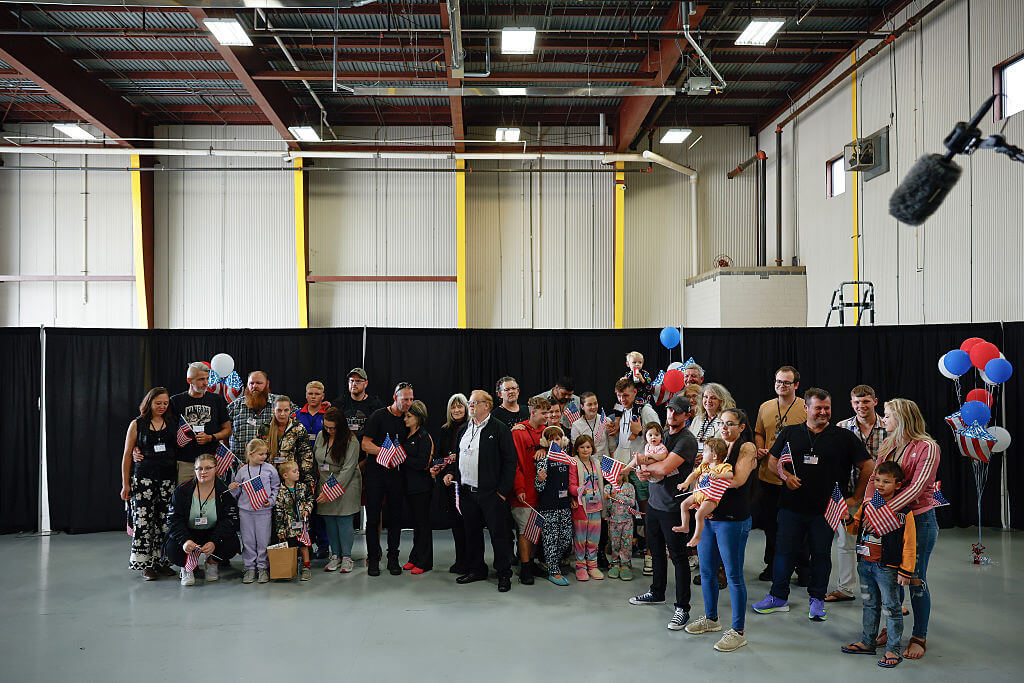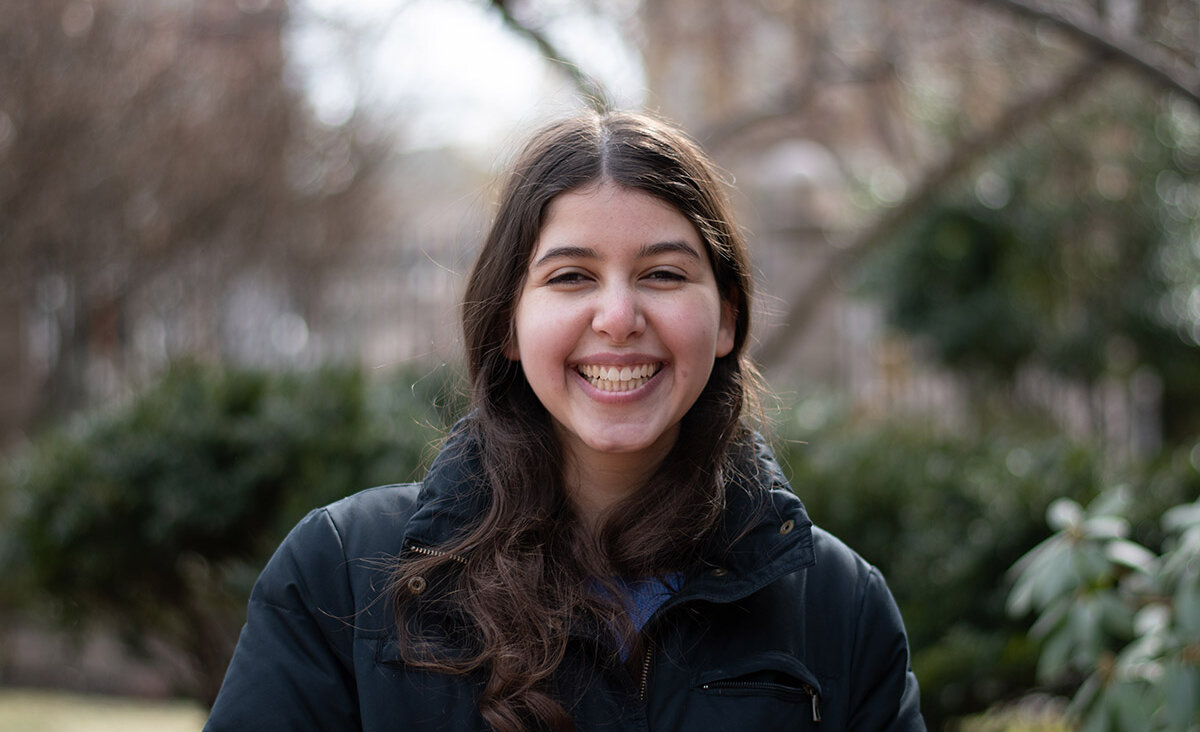Jews and Chocolate: From Generation To Generation

Albert Einstein’s childhood chocolate cup, courtesy of the Leo Baeck Institute. Image by Deborah R. Prinz
Jews have had an appetite for chocolate for generations. A tin of Barton’s Almond Kisses. A stretchy yellow pouch of Elite Gelt. Imagine the intersection of Jewish life and chocolate, and those are the markers that likely come to mind. Less likely, but no less pivotal, is the liquid delicacy that Inquisition-era Sephardi Jews introduced to France.
The museum exhibit, [“Semite features tantalizing historical and contemporary archival materials, decorative arts and bibliographic materials that celebrate these contributions of Jews to the business of chocolate. It runs through February 25, 2018.
Chocolate migrated with Jewish refugees. These are stories of Jewish resilience and resourcefulness. Chocolate making skills traveled with Sephardi Jews since the early days of European contact with the New World food. As Spanish and Portuguese Jews sought refuge from the broad-reaching perils of the Inquisition, some packed with them new chocolate tastes, techniques and opportunities, thereby supplying and extending chocolate to larger markets.

Among the objects on exhibit is this cocoa grinding stone. Image by Deborah R. Prinz
Later, 20th-Century Jewish emigrants transferred their businesses for eating chocolate from one location to another. The background of Israel’s Elite Chocolate and the iconic chocolate company, Barton’s Bonbonniere, is also featured.
Bernard Museum Curator, Warren Klein, notes: “The exhibit highlights the many Jewish refugees who helped spread love of chocolate throughout the Western World. Objects include Albert Einstein’s childhood chocolate cup. We also feature the business documents of immigrant to Newport, Rhode Island, from Portugal, chocolate trader, Aaron Lopez. A 19th-Century history of Bayonne, France, identifies Sephardi Jews as the first chocolate makers in France.”
This first-ever exhibition about Jews and chocolate is based on the best-selling book “On the Chocolate Trail: A Delicious Adventure Connecting Jews, Religions, History, Travel, Rituals and Recipes to the Magic of Cacao,” (2nd Edition, Jewish Lights, 2017) by Rabbi Deborah R. Prinz. She co-curates the exhibit.
Contact:
Co-Curator, Rabbi Deborah Prinz: 646 300 5067 or [email protected]
Curator, Warren Klein: (212) 744-1400 or [email protected]
Details: Semi[te] Sweet: On Jews and Chocolate {The Exhibition}
The Herbert & Eileen Bernard Museum of Judaica
Temple Emanu-El
One East 65th Street
New York, NY 10065
Closes: February 25, 2018
Entrance: One East 65th Street (between Fifth and Madison avenues)
Rabbi Deborah R. Prinz speaks about chocolate and Jews around the world. The second edition of her book, “On the Chocolate Trail: A Delicious Adventure Connecting Jews, Religions, History, Travel, Rituals and Recipes to the Magic of Cacao,” was recently released. Prinz is co-curator of the exhibit [“Semite on view at the Bernard Museum of Temple Emanu-el in New York City (through February of 2018). Her blog is onthechocolatetrail.org.























